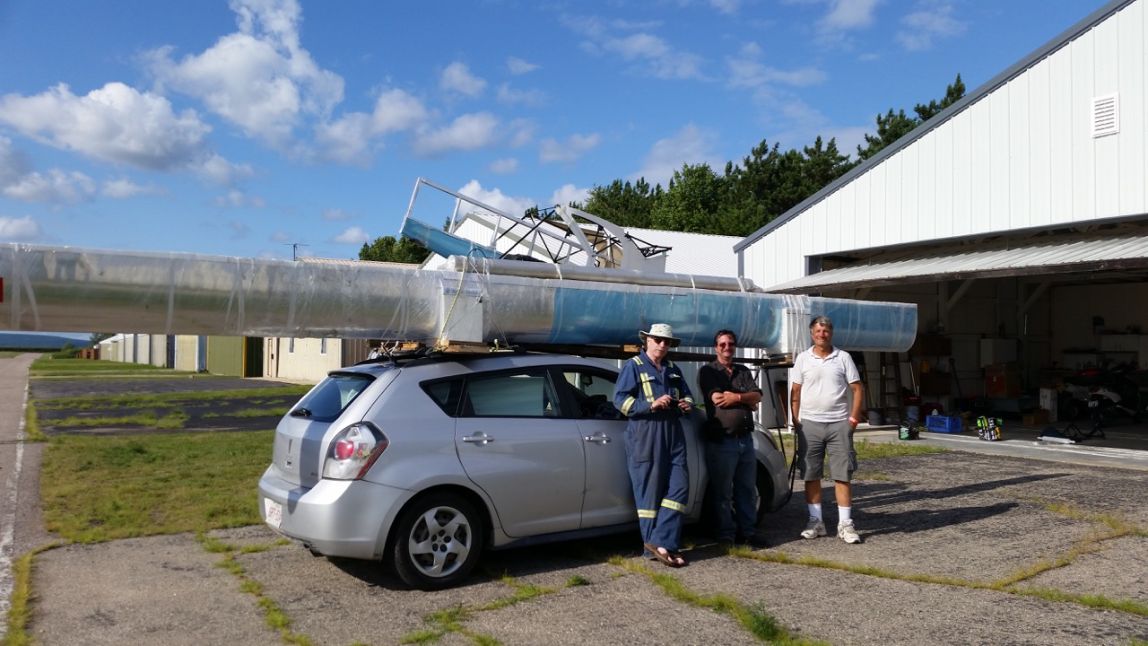
The cast here is very strong, although not uniformly wondrous. But we can still share the bafflement of his errant ladylove Nina (Saoirse Ronin) about what in the hell he means by it. Instead of having the frustrated young Symbolist playwright Konstantin (Billy Howle) tote a stuffed seagull around for a couple of acts, we actually get to see him shoot it out of the sky. In fact, Stephen Karam’s screenplay is able to condense a fair bit of exposition by showing rather than telling, as is supposed to be the strong suit of cinema as an artform. If you’re cool with a pithy, pivotal conversation going on in a rowboat instead of a drawing room, it may well work for you too. But for my money, it weathers the transition well, with some at least of the credit going to the magical setting. Putting a beloved stage classic onscreen always entails the risk of losing that elusive quality of engaging the imagination that we think of as “stage magic.” Not everyone who is enamored of Chekhov’s works as theater or as literature is going to love this new Seagull. What better setting for a family drama meant to be happening at a dacha on a bewitchingly beautiful lake in the countryside outside of Moscow? And many of the events held there, such as performances by Russian folkdance troupes, still bespeak their cultural roots. Many of today’s shareholders are the children and grandchildren of the original investors. Nowadays, more than half of the surrounding 600 undeveloped acres have become part of the permanently protected Sterling Forest preserve, and the Arrow Park Lodge is mainly a wedding and event venue. Folks still reminisce about the FBI being encamped at the gates while they attended family reunions inside. It was meant to be a country retreat for immigrant families of a socialistic bent, providing respite from the heat of both urban summers and the rising Red Scare. In 1948, members of a Slavic Club based in New York City and Newark raised $200,000 in hundred-dollar shares to buy the estate collectively, under the name AROW Farms, Inc., which stood for American Russian Organized Workers. The lodge perched above the lake there, an Italianate villa with Arts and Crafts Movement touches, was built in 1909 by architect Bowen Bancroft Smith for Julia Cooper and Schuyler Schieffelin. Most of The Seagull was shot at Arrow Park in Monroe, in Orange County. Laurent Rejto gets a personal shout-out at the end of Michael Mayer’s new screen version of Anton Chekhov’s The Seagull, and it helped this reviewer to walk out of the cinema with a big smile on her face, even while shaking her head, thinking, “Oh, those gloomy Slavs.” These days, with our region becoming a hotbed of filming locations, we sometimes have a new kind of closing-credits tidbit to enjoy: an acknowledgment of the helpfulness of the Hudson Valley Film Commission. There might be some hilarious blooper outtakes (if you’ve never seen the bit that was left on the cutting-room floor because Peter Sellers simply couldn’t get through it without cracking up, you owe it to yourself to buy, rent or borrow a copy of Being There posthaste). There might be a new rendition of the potential winner of next year’s Best Original Song Oscar, or a heartbreaking “in memoriam” dedication of the film to someone whose last work it was. If it’s a product from the Marvel Universe, you know that there’s going to be at least one coda scene, maybe more, dropping teasers about the next installment in the ongoing story.

The more movies one sees, the more reasons one finds for staying put all the way through the end credits.


(Nicole Rivelli | Sony Pictures Classics) Annette Bening, Saoirse Ronan (above), Elisabeth Moss (below), Billy Howle and Corey Stoll star in the film version of Anton Chekhov’s The Seagull.


 0 kommentar(er)
0 kommentar(er)
